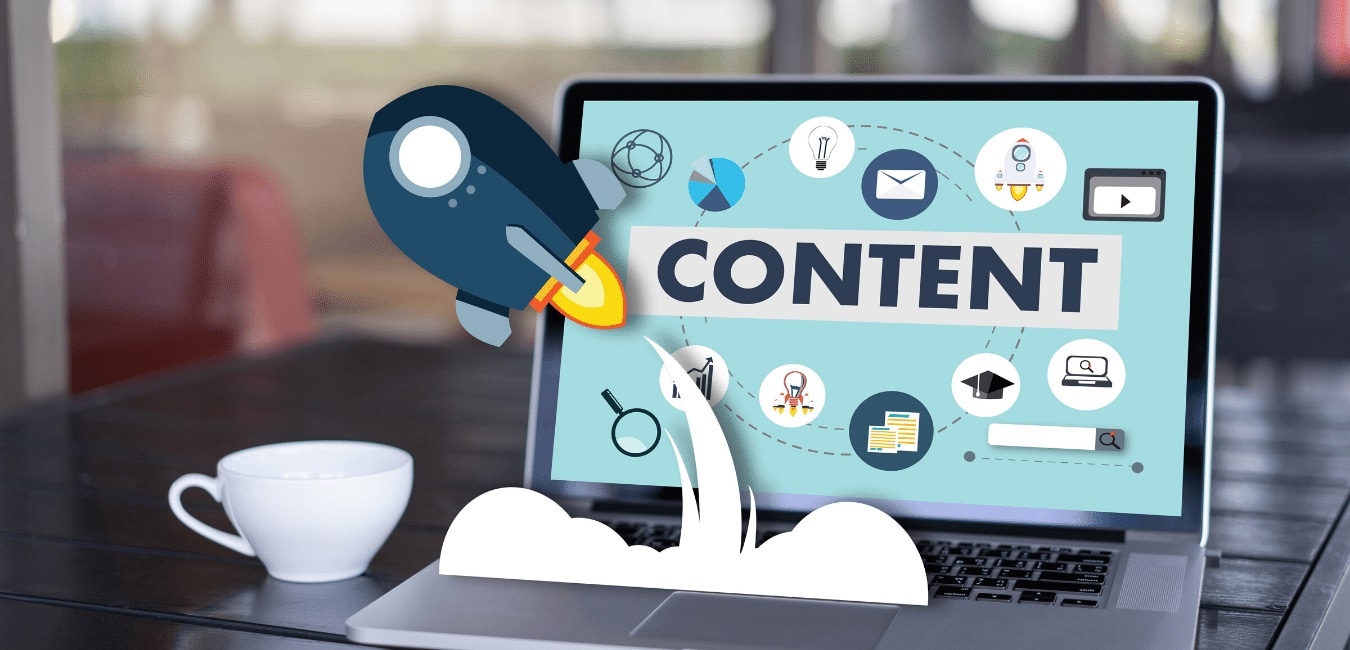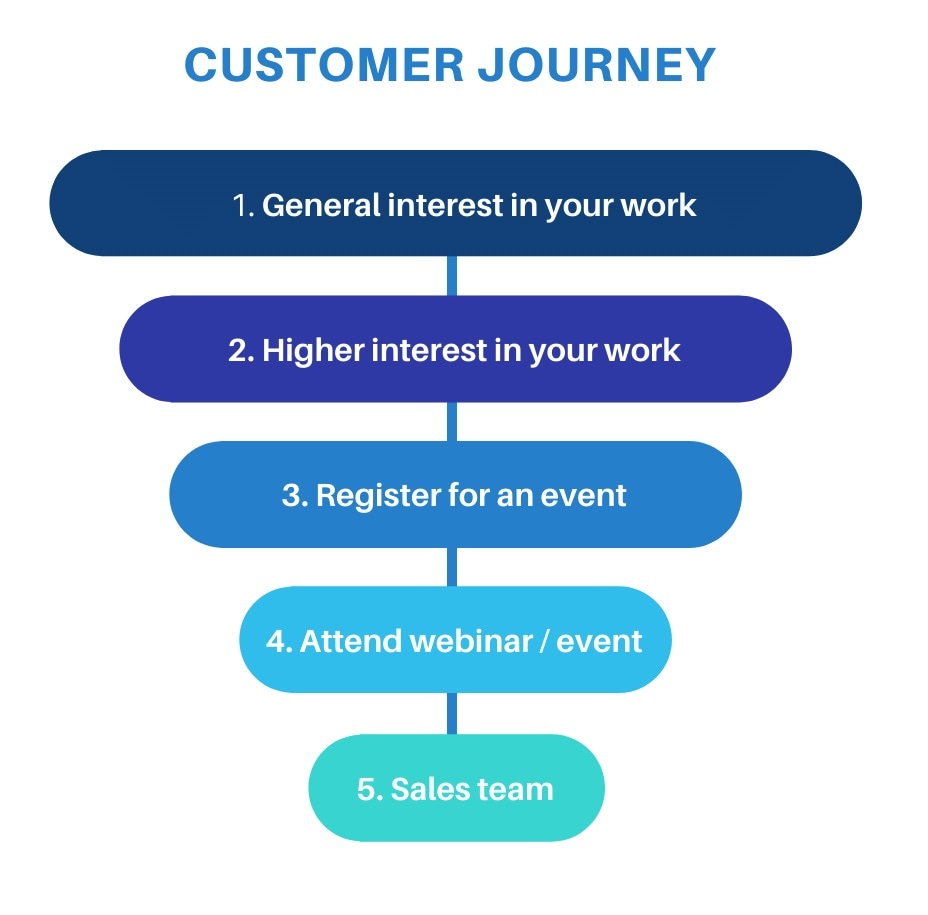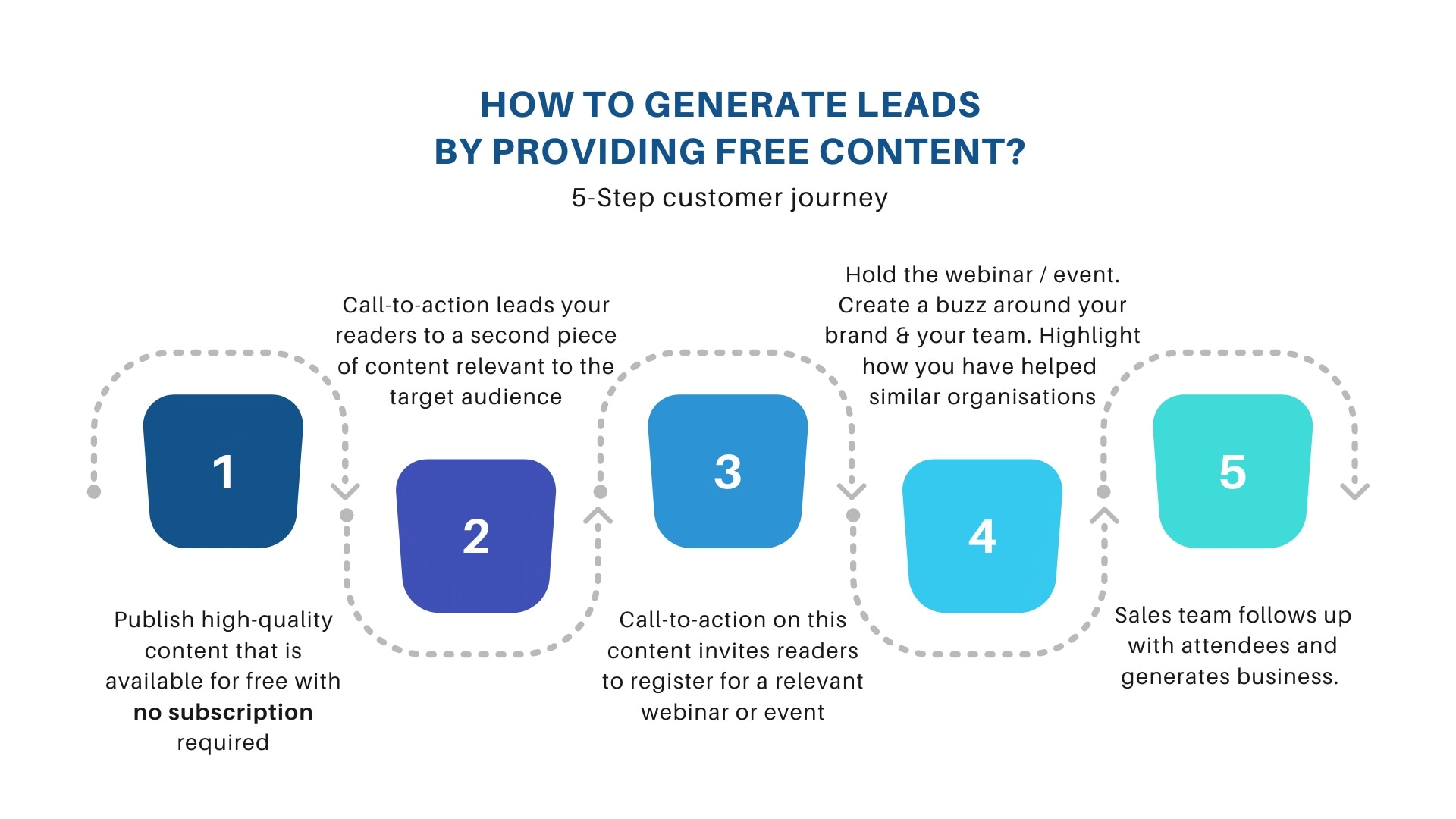
Valuable content that provides your readers with high-quality, useful and usable information is the aim for any valuable content marketer.
This blog post will look at how providing your potential customers with free content can help your organisation to generate leads.
By ‘free’ I mean no fees, no subscriptions, just easily accessible content that your users can download, consume and use to benefit their own organisations.
Give away your content for free? This may sound like a strange concept to many marketers, especially within science and engineering where the resources, time and levels of intellect required to produce a high-quality piece of content can be vast.
Over the course of this blog post I will hopefully be able to explain how you can generate more leads and ultimately more business by providing free content to your readers.
Not only that but we shall also look at how this method can boost other areas of your marketing.
Let’s look at this step-by step
1. Produce a high-quality piece of content
Organisations within science and engineering have an array of areas where they can showcase their thought leadership.
Focusing on your readers and selecting a subject based around a problem they experience will help you to ensure an increased level of interest.
2. Publish to your website and make it available to download for free
When your work is created, edited, designed etc. it is time to publish to your website. You’ll want to make it downloadable from a call to action button and you will probably want to have this available on various pages within your website.
You may want to have your call to action button on your homepage, specific blog posts or product pages but this will depend on the subject of your work.
The important thing to remember is to make sure that is obvious and that you don’t require any email subscription in order to access the content.
3. Promote your content
A high-quality piece of content will also help you with ideas when you create the content that you use to promote your piece.
An example of this would be when producing your social media content. Your high-quality content might help your readers to learn about a new finding within science. You could use a snippet of what they will learn as the main hook/communication angle for creating a social post that encourages your readers to click on the links to your publication.
Another effective method would be to create a shorter blog post about the publication which describes briefly what it is about, who it is for and how it will help them. Including a call to action that allows them download the full publication at the end of the article is another effective way of increasing your number of downloads.
Publishing this blog or something similar on LinkedIn will also help you to increase your reach and start discussions with other prominent figures within your industry.
4. Considering the sales funnel
As long as your publication is high-quality, relevant and properly promoted you are going to reach a much bigger audience than you would if your audience were required to provide any details in order to access your content.
With this method, you can’t match your readers to email addresses, names, etc. at this point but you can record the total amount of people who are downloading the content using Google Tag Manager or a plugin like Monster Insights or WordPress Download Manager.
The video below will look at how you can measure your downloads using the WordPress Download Manager plugin.
What you encourage your user to do once they have read your publication will help you to nurture these leads and move them further down the sales funnel.
The first option is to encourage another free download of a second publication relevant to the same target audience of the original content. This will enable your audience to further enhance their knowledge and increase their trust in you as a reliable source.
The end of the second article is when you encourage your readers to show their intent by registering for a webinar or event you are holding on a topic relevant again to the target audience.

The infographics show how this method helps to nurture your leads.
You may wish to remove point 2 of the journey and just go from point 1 – 3. Stage 2 is designed to increase your chances of converting to sale in stage 5 but you will have to asses and test whether or not you think there is a possibility you may lose potential business by including this stage.

Of course, not everyone who reads your free publication, will register for your event or webinar. But for those who didn’t they have still engaged with and experienced your brand and your work.
This group may not be willing to register for another event but may be willing to follow you on social so include links to your social channels at the end of your work as well.
The group leftover who haven’t taken any action have still read your publication and are now aware of your brand and organisation.
Your improved position in the search engines (more about this to come) will likely mean that some of this audience will be engaging with your brand again in the future and should they require your services already have some awareness of you as an organisation.
This method will help you to nurture leads and generate ones that are far more likely to convert to sales.
This is clearly the main benefit of this method but there are other possibilities and potential for your marketing teams.
5. Retargeting your readers with social ads
You can also retarget your audience with social ads at various stages of the customer journey.
One example could be to retarget those who have visited the second article with an add about registering for the webinar / event.
If you are B2B organisation and LinkedIn is their social network of choice then you may choose to place your ads here.
Monitoring your reach / cost per click can help you to determine how effective this method is as a way of reaching the right customers.
6. Boosting other areas of your marketing
We mentioned previously how you can use aspects of your main piece of content to create social content, blog posts and start conversation around your subject on LinkedIn.
Other marketing channels that can benefit could include:
Your podcast:
You could invite people who have engaged with your work on LinkedIn to be a guest on your podcast.
Video marketing:
Creating short videos with some of the main points / takeaways in a visually appealing way.
SEO:
Perhaps the main additional benefit from you work could be in the long run. A high-quality piece of work will generate inbound links from other online content within your industry.
This combined with the relevance of your work will improve your position within search engines for keywords and search queries related to your content.
The long-term impact of having a high-quality piece of content at the top of search engines is higher traffic and leads / sales over a number of years.
Conclusion
It can be argued that the leads you generate from a piece of content that requires some type of subscription will be more likely to convert in the short term.
However, this article has looked at how we can nurture the greater number of leads that you get from providing free content to your audience and the additional long-term benefits this can have on your marketing.
Get in touch with the team to arrange a free consultation about your organisations marketing.
Thanks for reading!